Findings suggest it is possible to treat soil and water on Mars for farming.



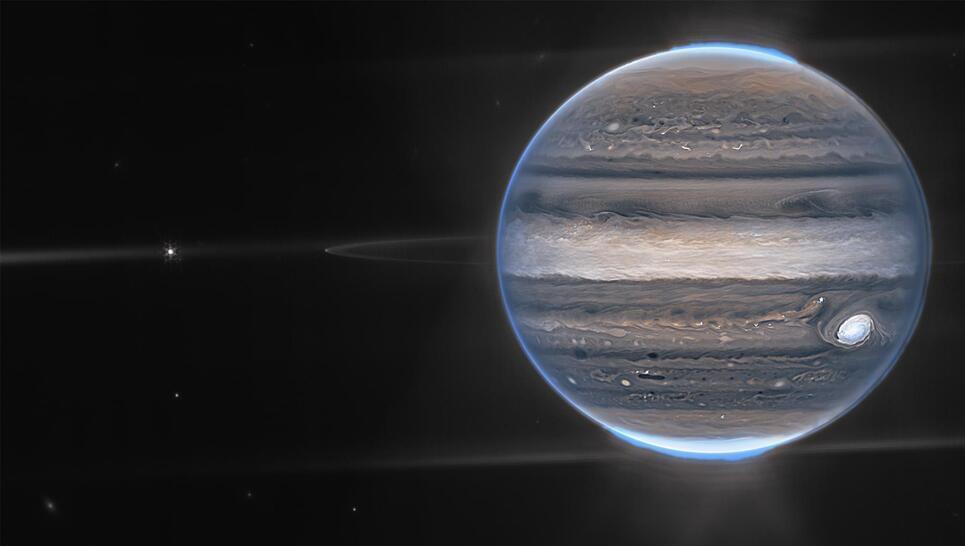
The James Webb Space Telescope team is still flexing its ability to capture detailed images close to home. Webb has snapped a pair of near-infrared photos showing Jupiter’s polar auroras. You can also see the planet’s extremely faint rings and two of its smaller moons, Amalthea (the bright spot to the far left) and Adrastea (the dot at the left edge of the central ring).
The pictures were taken using NIRCam’s widefield view on July 27th. As for the trippy visuals? Astronomers created composites using several images produced with filters mapped to multiple colors (particularly visible in the image below). The Great Red Spot and other cloud formations are white as they reflect large amounts of sunlight.
The James Webb crew didn’t just create these images for the sake of bragging rights. The observations should provide more insights into Jupiter’s “inner life,” according to the European Space Agency. That, in turn, could help scientists understand the behavior of gas giants beyond the Solar System. In other words, Webb’s data could soon prove useful on multiple levels.
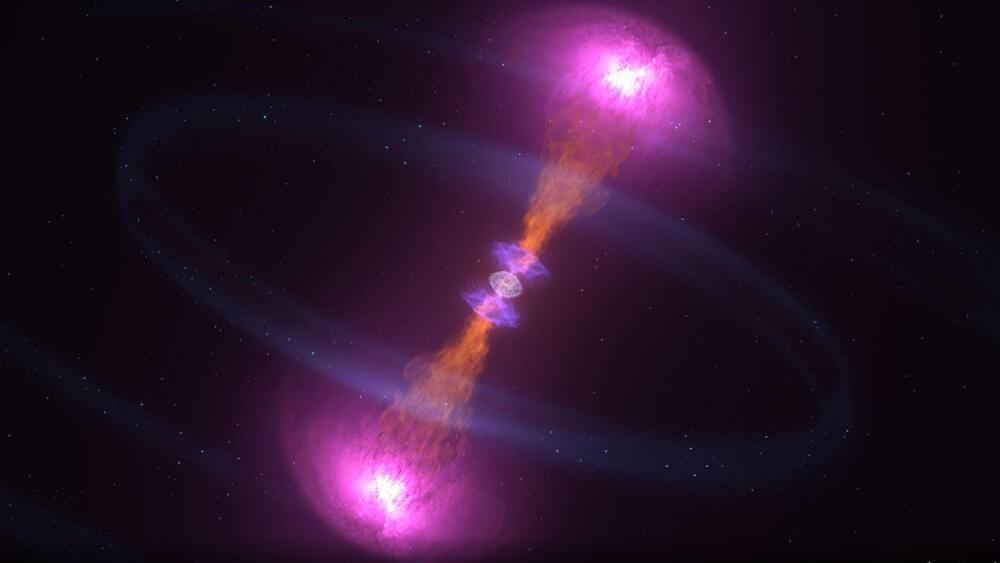
University of Birmingham researchers have demonstrated how unique vibrations, which are caused by interactions between the two stars’ tidal fields as they approach each other, affect gravitational-wave observations.
Taking these movements into account could significantly improve our understanding of the data collected by the Advanced LIGO and Virgo instruments, according to a press release published on the institute’s official website on Thursday.
“Scientists are now able to get lots of crucial information about neutron stars from the latest gravitational wave detections,” said Dr. Geraint Pratten of the University of Birmingham’s Institute for Gravitational Wave Astronomy. “Details such as the relationship between the star’s mass and its radius, for example, provide crucial insight into fundamental physics behind neutron stars.”
Astronomers have found that gravitational forces inside the Solar System have produced an invisible network of “space superhighways.”
These channels enable rapid space travel and may be used for human space exploration and the study of comets and asteroids.
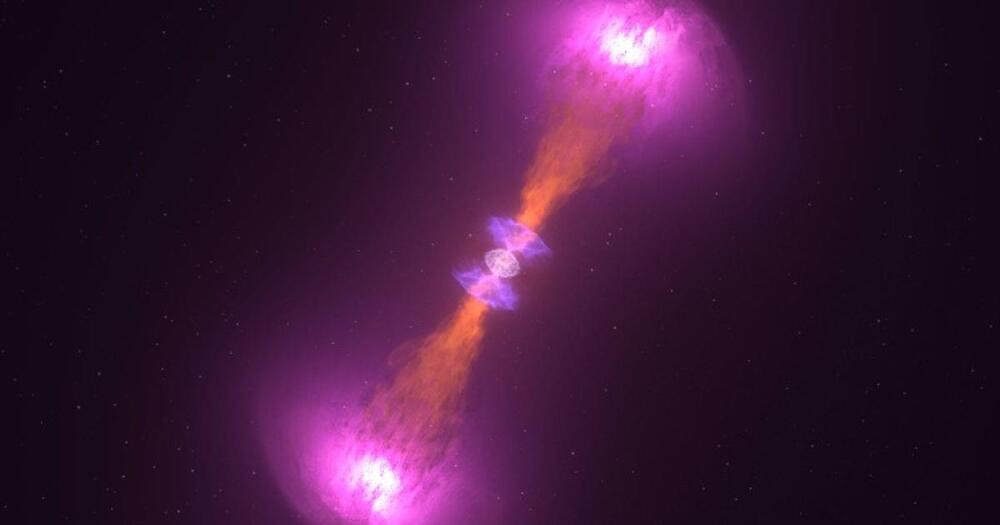
We might start to see atoms interacting with each other in ways “we have not yet seen.”
University of Birmingham researchers have demonstrated how unique vibrations, which are caused by interactions between the two stars’ tidal fields as they approach each other, affect gravitational-wave observations.
Taking these movements into account could significantly improve our understanding of the data collected by the Advanced LIGO and Virgo instruments, according to a press release published on the institute’s official website on Thursday.
The oscillations in binary neutron stars before they merge could have big implications for the insights scientists can glean from gravitational wave detection.
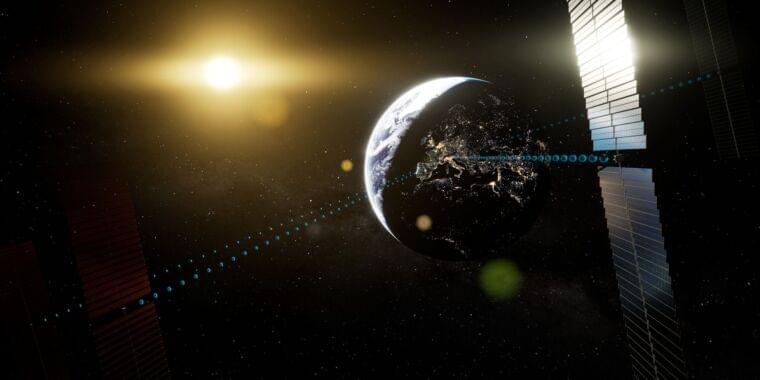
“It’s the stupidest thing ever,” Elon Musk said several years ago.
European Space Agency’s (ESA) director general has proposed the development of Europe’s first space-based solar power system to be constructed in 2025.
ESA, an intergovernmental conglomerate of 22 member states, will decide on the director’s plan in November this year, according to a report published in Ars Technica.
Europe is seriously considering developing space-based solar power to increase its energy independence and reduce greenhouse gas emissions, the leader of the European Space Agency said this week.
“It will be up to Europe, ESA and its Member States to push the envelope of technology to solve one of the most pressing problems for people on Earth of this generation,” said Josef Aschbacher, director general of the space agency, an intergovernmental organization of 22 member states.
Previously the space agency commissioned studies from consulting groups based in the United Kingdom and Germany to assess the costs and benefits of developing space-based solar power. ESA published those studies this week in order to provide technical and programmatic information to policymakers in Europe.
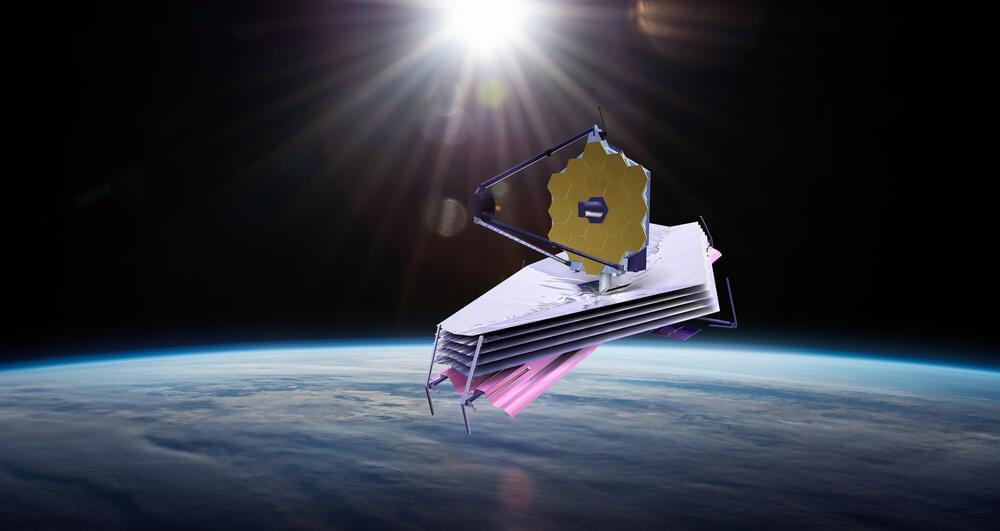
The James Webb space telescope continues to dazzle. After releasing the telescope’s first images in July, NASA and the other agencies behind the new telescope have continued to monitor and observe new galaxies and celestial phenomena. Now, the Cosmic Evolution Early Release Science Study (CEERS) has released James Webb’s largest image to date.
The new image is a mosaic that includes multiple pieces of data put together by people working on CEERS. The team is made up of 105 scientists and 19 investigators stationed across 28 institutions in the world. They captured all of the data using the new telescope. Together they all make up James Webb’s largest image to date.
The data was gathered using James Webb’s Near Infrared Camera (NIRCam), its Near Infrared Spectrograph (NIRSpec), and its Mid-Infrared Instrument (MIRI). Each part of the data was taken parallel to the others. Researchers then carefully stitched them together. The instruments capture data using wavelengths that aren’t visible to the naked eye. They then translated the data into visible images.

NeuRRAM, a new chip that runs computations directly in memory and can run a wide variety of AI applications has been designed and built by an international team of researchers. What sets it apart is that it does this all at a fraction of the energy consumed by computing platforms for general-purpose AI computing.
The NeuRRAM neuromorphic chip brings AI a step closer to running on a broad range of edge devices, disconnected from the cloud. This means they can perform sophisticated cognitive tasks anywhere and anytime without relying on a network connection to a centralized server. Applications for this device abound in every corner of the globe and every facet of our lives. They range from smartwatches to VR headsets, smart earbuds, smart sensors in factories, and rovers for space exploration.
Not only is the NeuRRAM chip twice as energy efficient as the state-of-the-art “compute-in-memory” chips, an innovative class of hybrid chips that runs computations in memory, it also delivers results that are just as accurate as conventional digital chips. Conventional AI platforms are much bulkier and typically are constrained to using large data servers operating in the cloud.
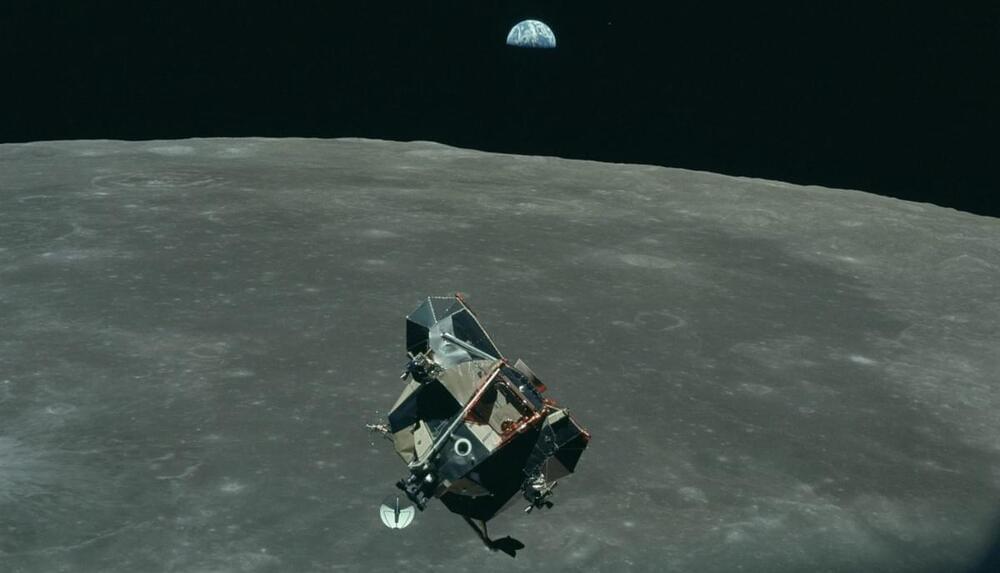
Alternate history has never been more entertaining than in the hit Apple TV+ series, “For All Mankind.” The science fiction television show is so popular that it was renewed for a fourth season even before Season 3 ended on August 12, 2022.
Unlike most science fiction, “For All Mankind” re-imagines the past instead of envisioning the future. Starting in the 1960s and running through the 1990s in Season 3, the series is built around the space race that began with the United States and the Soviet Union competing to reach the moon. But in the fantastical world created by “For All Mankind,” things turn out very differently. Here are five fictional realities showing how the series cleverly rewrites history.